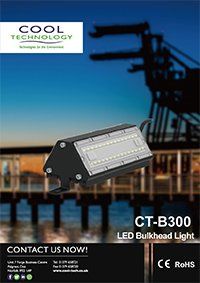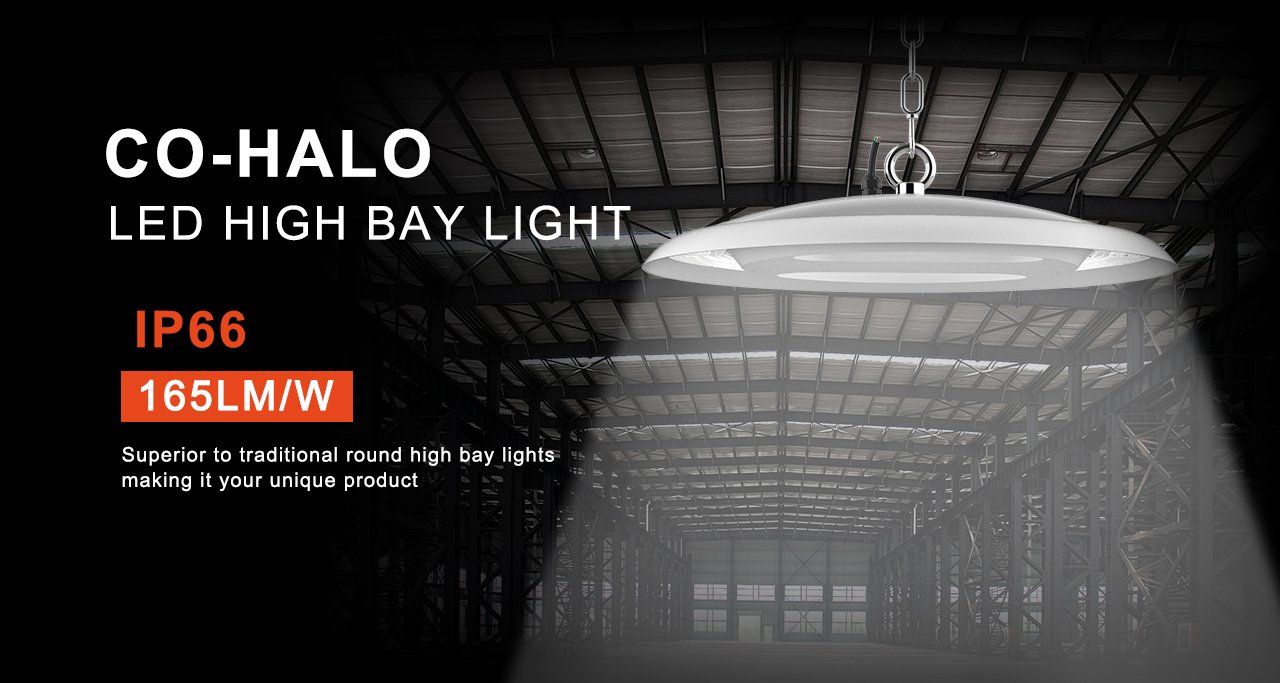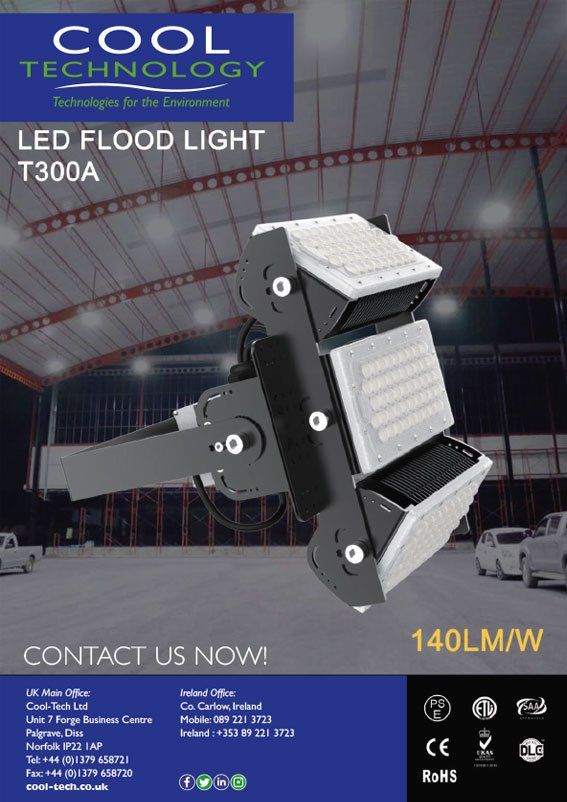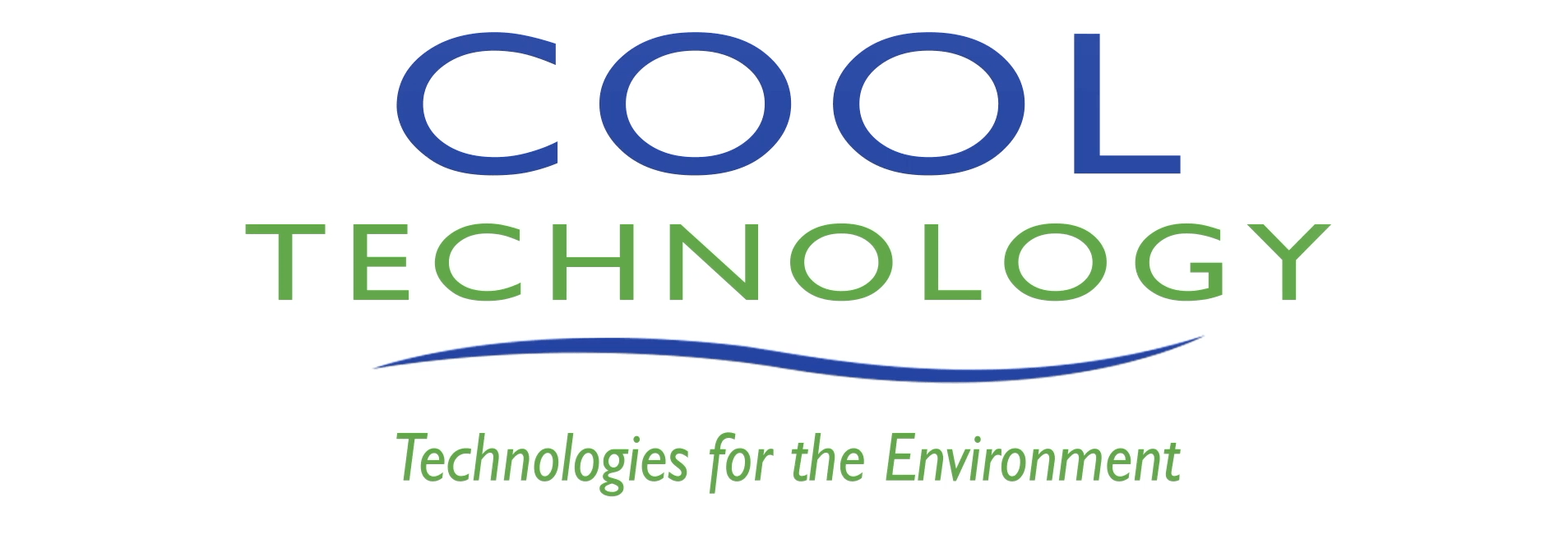7 April 2025
Industrial cooling systems are vital for the comfort of employees, for productivity, and often for the products being produced inside the building, for example in the food and pharma sectors. So when your goal is to keep things under 25C whatever happens outdoors, how does expensive traditional refrigeration-based air conditioning stack up next to 'natural ventilation', mechanical ventilation via energy-efficient EC fans, and evaporative cooling? About natural ventilation Natural ventilation, of course, is the cheapest of all because it simply involves is opening windows, vents and doors to create a draught. Because hot air rises, the airflow lets hot air escape, replaced by cooler air from outdoors. This is great for factories and enormous buildings like hangars, with no running costs and no equipment required. But when it's hotter outside than it is indoors, like it often is these days thanks to increasingly frequent and extreme heatwaves, and there isn't even a breeze, things quickly fall apart. About ducted cooling 'Ducted cooling' simply describes the way a cooling system is installed: a central unit and a network of air ducts to send the cooled air around the building. You'll usually find the main unit either hidden in the roof or outside the building, and you'll be able to see the vents inside. Ducted cooling pulls warm air through a unit with a fan then sends it through a cold evaporator coil made of refrigerant pipes where it cools right down. The cooled air is recirculated via ducts, bringing down the temperature and humidity when it mixes with the existing warm air. This means doors and windows must be closed all the time otherwise the cool air escapes, warm air pours in, and the system has to work ever-harder – and more expensively - to cool things back down again. Refrigerants like the hydrochlorofluorocarbons or HCFCs used in ducted cooling damage the climate, contributing to climate change. The world started phasing them out in 2018, and by 2030 all bulk imports of the chemicals will be banned. Modern cooling systems still use Hydrofluoroolefins – AKA HFOs – and there are also some clever natural refrigerants being used in modern duct cooling systems. Having said that, it's important to know evaporative cooling still beats duct cooling on the CO2 front. About Mechanical Ventilation with EC fans Businesses use EC fan-driven mechanical ventilation instead of AC for a low cost, reliable cooling solution. Mechanical Ventilation with EC fans delivers efficient controlled cooling. EC stands for Electronically Commutated, and these fans are a cost-effective way to improve airflow at low cost, being so efficient. An EC fan uses as much as 70% less electricity as a traditional old-school Air Conditioning fan, controllable thanks to variable speeds. You get a consistent flow of air whatever the temperature is outdoors and it also helps get rid of heat, beats humidity, and strips contaminants from the air. About evaporative cooling Evaporative cooling pulls warm air through a vent, then a simple fan driven by a motor sends it through wet filter pads kept damp by a water pump. When the water naturally evaporates it carries the heat it uses to evaporate away, leaving you with a comfortable, cool vapour. This is sent wherever it is needed via an internal fan and pump, then out through the ducts or out via the cooler unit itself. You're free to leave the doors and windows open because evaporative cooling doesn't recirculate old air, it continually uses fresh air. When you combine an evaporative cooling solution with a balanced ventilation system you harness water to cool and introduce fresh indoor air into big area. It's so much more environmentally friendly than ducted cooling, which relies on powerful refrigerant chemicals. It doesn't just cool the air, it exhausts the dirty air and therefore improves your air quality at the same time. One of the biggest advantages of evaporative cooling is the super-low cost. It is dramatically more cost-effective. Because it has fewer moving parts it takes less electricity to run. Fewer parts also means less maintenance and simpler maintenance. There's only a tiny risk of breakdowns. Most of the time all you need to do is change the water pads and clean the system, both affordable and easy. The experts say evaporative cooling running costs are just 10% of the cost to run refrigerant air conditioning. The capital spend is also impressive at 50% less, half the cost. Evaporative cooling is even brilliant when you only need to 'spot cool' one or more specific areas, not the whole place. Perfect for consistent cooling and temperature control, it integrates easily into a mechanical ventilation system. It's 90% cheaper than air con, keeps factories below 25°C all year round, provides 100% filtered fresh air, stops CO₂ building up, and improves air quality in an eco-friendly way using only water and fans. Better still you can install it gradually in phases to slash the already-low initial capital expenditure. Because every factory is different, you'll need a cooling expert to recommend the best combination of systems and methods based on your exact needs. We carry out all the maintenance for EcoCooling , the UK's biggest manufacturer and distributor of fresh air direct evaporative coolers with more than 3,500 EcoCooler installations worldwide. Why not give us a call, see what evaporative cooling can do for you?











